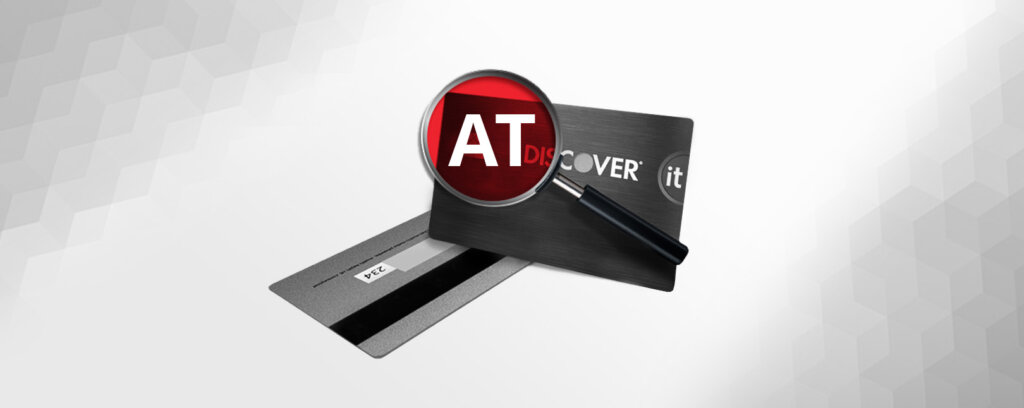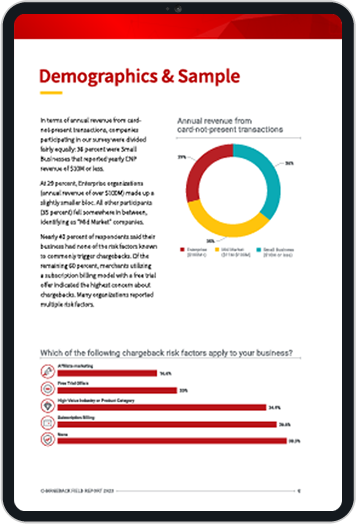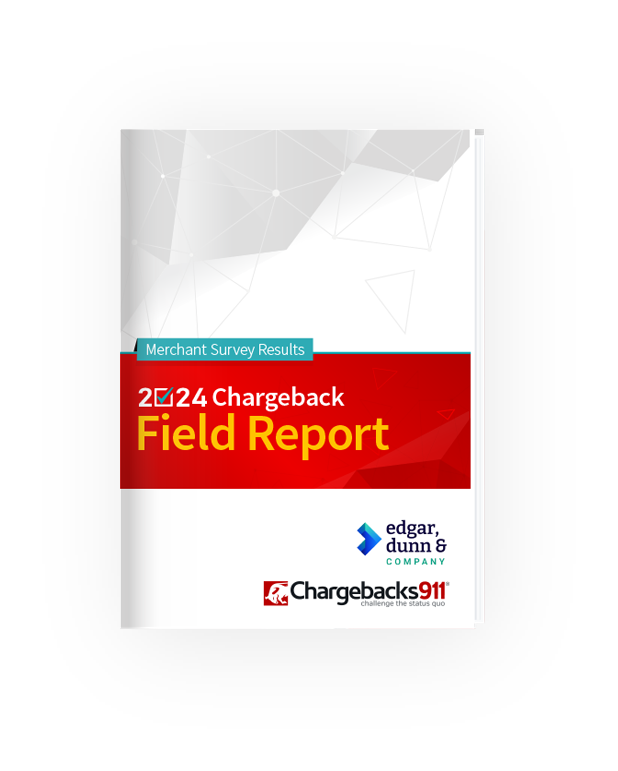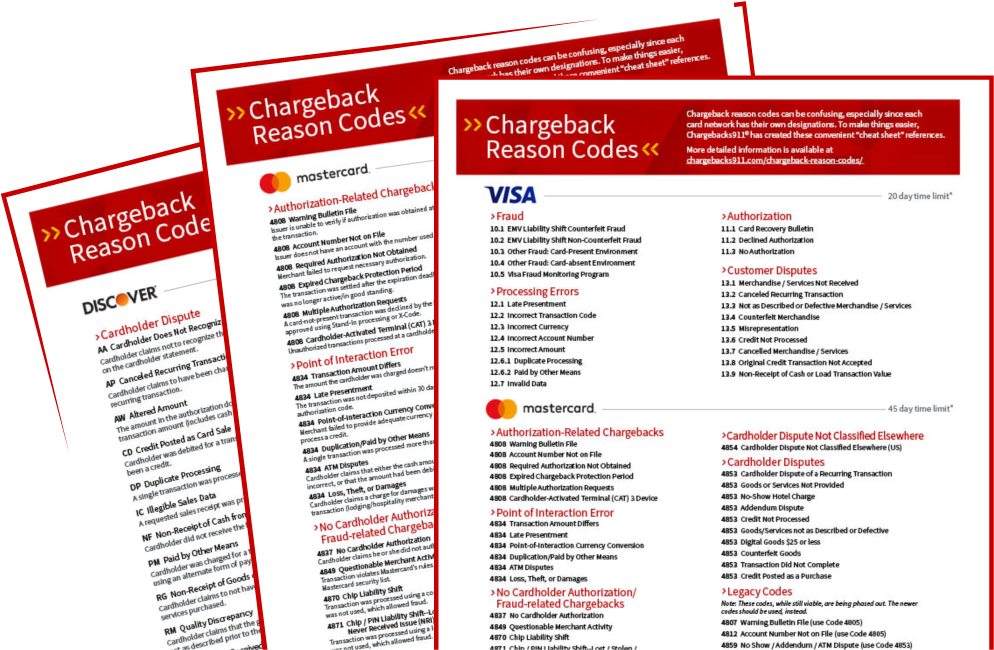
Okay. So, you have a new Discover card chargeback on your hands.
The bank attached reason code AT to the chargeback. But what does this signify... exactly?
Understanding the precise rationale behind each chargeback is vital. Discover card chargebacks with reason code AT pertain to any situation where a transaction was not completed according to authorization requirements spelled out in Discover’s Agreement and Operating Regulations.
So, what are the implications of this? And, how can you apply this knowledge to help prevent further losses?
In this piece, we aim to dissect the key elements tied to Discover reason code AT chargebacks and provide simple, actionable guidelines on identifying and rectifying the issue in a timely, effective manner.
Recommended reading
- Best Credit Card Processing Companies of 2025 REVEALED
- Chargeback Stats: All the Key Dispute Data Points for 2025
- What Happens When You Dispute a Transaction?
- How EMV Chip Cards Work: Pros, Cons, Data Points & More
- The AI Gap: Banks’ Slow Adoption Creates Chances for Fraud
- How Clean Fraud Works: Tactics, Red Flags & How to Prevent
What is Discover Reason Code AT?
Discover reason code AT means “Authorization Noncompliance.” It means that, at least according to Discover, you did not live up to your obligations when it comes to requesting or receiving authorization for a card purchase.
For example, this commonly comes up if you failed to obtain authorization, or receiving a declined authorization response, but completed the transaction anyway. It may also come up if you submitted a transaction after the card’s expiration date.
What Caused This Dispute?
There are several potential missteps that may lead to a Discover reason code AT chargeback. Some of the most common include:
These are some (but not all) of the possible causes of a reason code AT chargeback.
Some triggers are more niche. For example, merchants operating automated fuel dispensers (i.e. gas pumps) may have problems if the sale amount exceeds either the authorization advice message amount or exceeds $175.
Reason Code AT Liability Caps
Even if a cardholder is entitled to a reason code AT chargeback, they’re not necessarily entitled to the full value of the original transaction.
The amount reversed under a reason code AT chargeback is capped at the difference between the card transaction as reflected in the sales data and the sum specified in a positive authorization response for the same card transaction. This is provided the discrepancy exceeds a certain tolerance level, in specified MCCs.
The tolerance level is computed by multiplying the total card transaction amount by the relevant industry-specific percentage listed below:
- Merchants operating in MCCs 4121, 5812, 5813, 5814, 7230, 7298: 20%
- Hotel/Motel –15%
- Car Rental – 15%
- Mail Order/Telephone Order – 15%
Responding to Reason Code AT Chargebacks
The first step to responding to a reason code AT chargeback is gathering all relevant data on the transaction and reviewing it carefully.
Depending on your industry, the specific tolerance level for your business will vary. But you should always respond with all possible supporting documents, no matter the amount being disputed.
Always ensure that you provide clear and concise evidence to prove that an authorization was obtained at the time of purchase and that the cardholder participated in the transaction. This information can be found in your sales receipts, transaction logs, and other relevant documentation.
In addition to the sales receipt and other transactional information, consider providing additional documentation such as proof of cardholder identity (e.g. signed contract or application), proof of shipment or delivery, or any other information that could support your case.
Remember: responding to reason code AT chargebacks is a time-sensitive matter. Discover has strict timelines for submitting responses and failure to meet these deadlines could result in the chargeback being automatically awarded to the cardholder. It’s crucial to stay organized so that you can respond promptly and effectively.
Learn more about representment
Acceptable Evidence for Reason Code AT Chargeback Responses
If you want to submit a response, you’ll need evidence backing up your claim that the original transaction was valid.
Depending on the specifics of the claim, you can submit a number of different documents, including:
- Authorization code(s) received at the time authorization was first requested.
- Transaction receipt or other proof of payment
- Transaction logs (provided by your payment gateway)
- Card verification data (i.e. matching CVV and address verification responses)
- Transaction information (item purchased, the price, billing information, etc.)
- Records from previously authorized transaction (as part of recurring billing agreement)
How to Prevent Discover Reason Code AT Chargebacks
Remember the old saying: “an ounce of prevention is worth a pound of cure.”
Completely avoiding chargebacks may be impossible. However, it's possible to mitigate your risk and maintain an acceptable chargeback ratio by employing a number of best practices.
In broad terms, these are some points to consider:
Take a Wider View
Responding to — and winning — chargebacks filed under reason code AT is possible. But, it's far more productive to adopt a preemptive approach.
This principle holds true for all other chargeback reason codes, across all card brands. A genuinely impactful strategy for handling chargebacks necessitates a dual focus on prevention and disputing instances of friendly fraud.
Chargebacks911® offers your business the ability to effectively navigate chargeback reason codes through our proprietary tools and expertise rooted in experience. Reach out to us now for a complimentary ROI examination to discover the additional savings potentially in store for your business.










